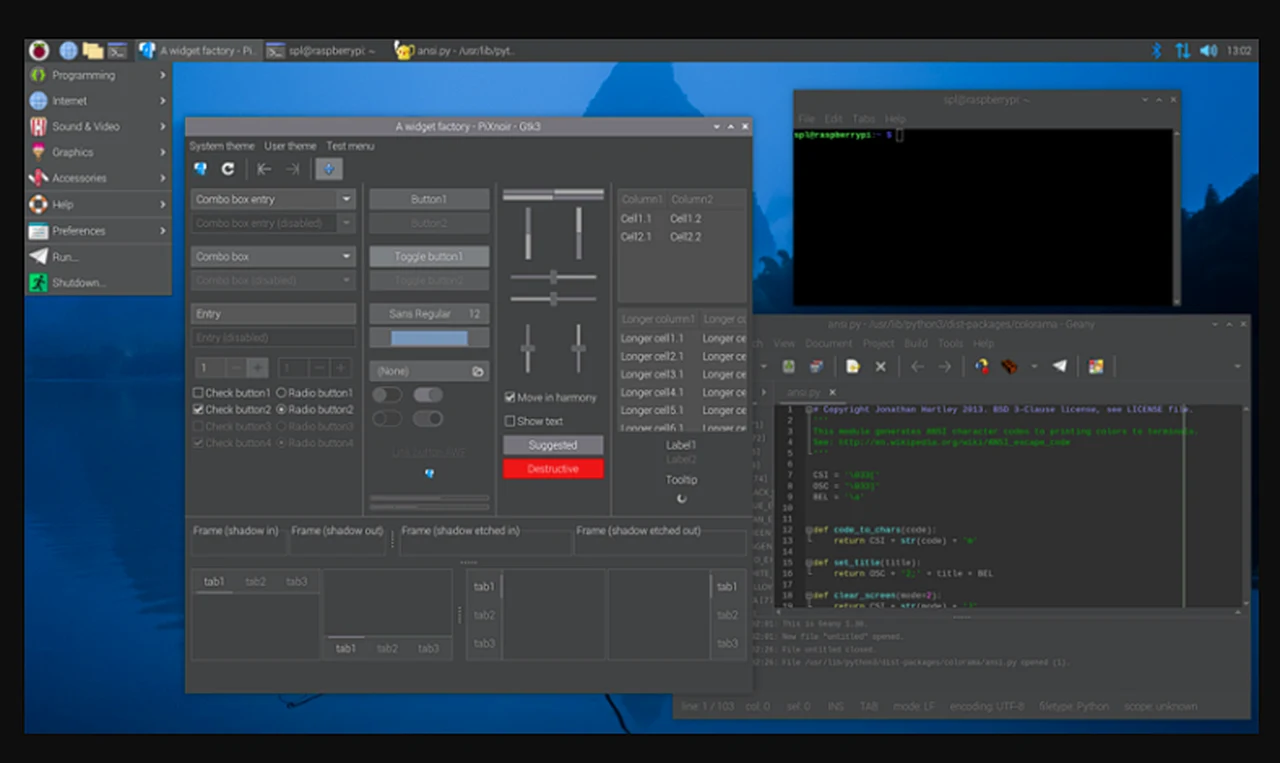
Apple released IOS 17.4 beta 1 and iPadOS 17.4 beta 1 last week and now they have re-released these new bets with updated versions. Apple also released their first public betas of iOS 17.4 and iPadOS 17.4.
Now we have a video from Zollotech that gives us a look at the latest developer beta of Apple’s iOS 17.4, let’s find out what Apple has included in the latest beta software for the iPhone.
With the build number updated to 25184K, this version introduces a modem update specifically for the iPhone 15 Pro and Pro Max models. Users can expect boosted connectivity and overall performance, a welcome change for those demanding seamless internet access.
In a significant move, users in the European Union will now enjoy the ability to sideload apps and use NFC payments directly from their devices. This feature not only broadens payment options but also aligns with the EU’s push for digital sovereignty and flexibility in software installation.
For the first time, upon launching Safari, users will be greeted with the option to select their default web browser. Choices include popular alternatives like Brave, DuckDuckGo, Opera, and Firefox, marking a shift towards a more personalized browsing experience, likely spurred by regulatory influences.
he stopwatch application receives a live activity feature, allowing for real-time interaction from the home screen. Moreover, intriguing references to a “HomeOS” within tvOS 17.4 code hint at future ambitions in home automation and control.
The new iOS 17.4 beta 1 adds a fresh splash screen in Messages paves the way for direct interactions with businesses, while the Wallet app introduces virtual card numbers for Apple Card, extending its utility to online purchases where Apple Pay isn’t an option.
This update is not just about functionality but also inclusivity, with new emojis, improved family icons, and wheelchair emojis with adjustable skin tones. Podcast enthusiasts will appreciate the ability to search within transcripts, a feature that enriches the listening experience.
Apple’s focus on a cohesive user interface is evident, with adjustments aimed at enhancing the system’s intuitiveness. Siri, too, has been upgraded to support multiple languages, responding in kind based on the content of messages.
Users can expect stable performance, with noted improvements in system responsiveness and cooling efficiency. Battery life experiences may vary, but overall, the update is poised to offer satisfactory endurance. For those on the original developer beta, upgrading is recommended for stability and access to new features. Public beta users are advised to back up their data for a smooth transition.
The new iOS 17.4 beta 1 is now available for developers and public beta testers to download, we are expecting the final version of the software to be released in Early March.
Source & Image Credit: Zollotech
Filed Under: Apple, Apple iPhone, Top News
Latest timeswonderful Deals
Disclosure: Some of our articles include affiliate links. If you buy something through one of these links, timeswonderful may earn an affiliate commission. Learn about our Disclosure Policy.



















